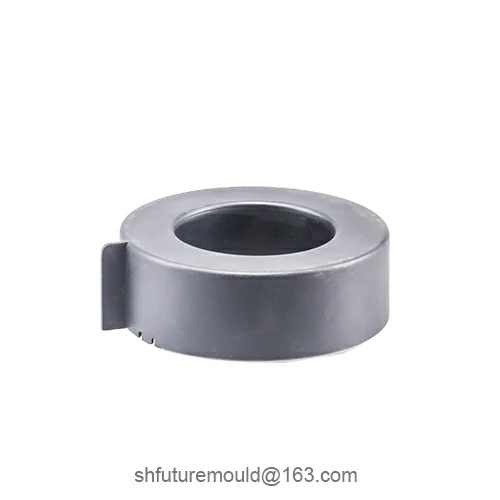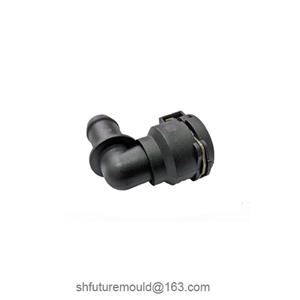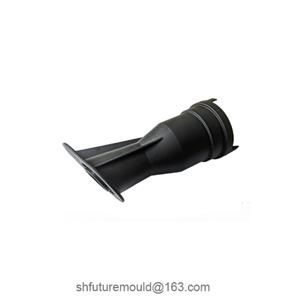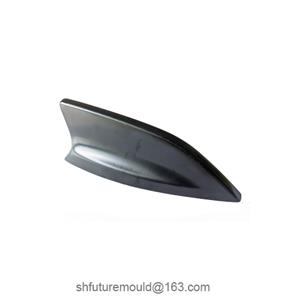Principles of Ejector Pin Layout in Injection Molds
In the injection molding process, ejector pins, as the core components of the ejection mechanism, are responsible for uniformly ejecting the molded product from the mold. A well-designed ejector pin layout not only ensures scratch- and deformation-free products but also reduces mold wear and extends service life.
Basic Functions and Requirements of Ejector Pins
After injection molding, adhesion or vacuum effects often occur between the product and the mold. The primary role of ejector pins is to apply uniform thrust to release the product smoothly. To achieve this, the ejector pin layout must meet the following requirements:
1. Uniform Force Distribution: Ensure ejection forces are evenly distributed across the product surface to prevent localized stress that may cause scratches or deformation.
2. Precise Positioning: Ejector pin locations must be meticulously designed to avoid product distortion or mold damage caused by misalignment.
3. Ease of Maintenance: While fulfilling functional requirements, the design should facilitate disassembly, adjustment, and maintenance during the mold’s lifecycle.
Design Principles for Ejector Pin Layout
1. Uniform Distribution and Force Balance
Core Principle: Ejector pins should be arranged to distribute ejection forces evenly across all critical areas of the product, avoiding localized deformation or surface defects due to excessive pressure.
Design Approach: Calculate the required ejection force based on the product’s geometry, wall thickness variations, and material properties, then allocate it to individual pins. Symmetrical arrangements or multi-point coordinated ejection are commonly used to ensure force balance.
2. Avoiding Interference and Impact
Key Consideration: Ejector pins must not interfere with intricate product features or undercuts during operation. A well-planned layout minimizes mechanical impact forces and reduces surface damage.
Design Recommendations: Conduct detailed structural analysis of the product before design. Use CAE simulation tools to model the ejection process, determining the direction and torque of each pin to prevent mold or product damage from force concentration.
3. Balancing Mold Longevity and Production Efficiency
Mold Durability: Ejector pins are prone to wear under high-frequency use. Material selection, heat treatment, and surface treatment must meet high standards. Proper layout reduces the workload on individual pins and extends overall mold life.
Production Stability: A rational ejector pin layout minimizes rework and downtime caused by ejection failures, enhancing production efficiency and reducing costs.
- Injection Mold
- Automotive Injection Mold
- Electronics & Electrical Injection Mold
- Consumer Goods Injection Mold
- Airplane Components Injection Mold
- Medical Components Injection Mold
- Irrigation Components Injection Mold
- Injection Molds




